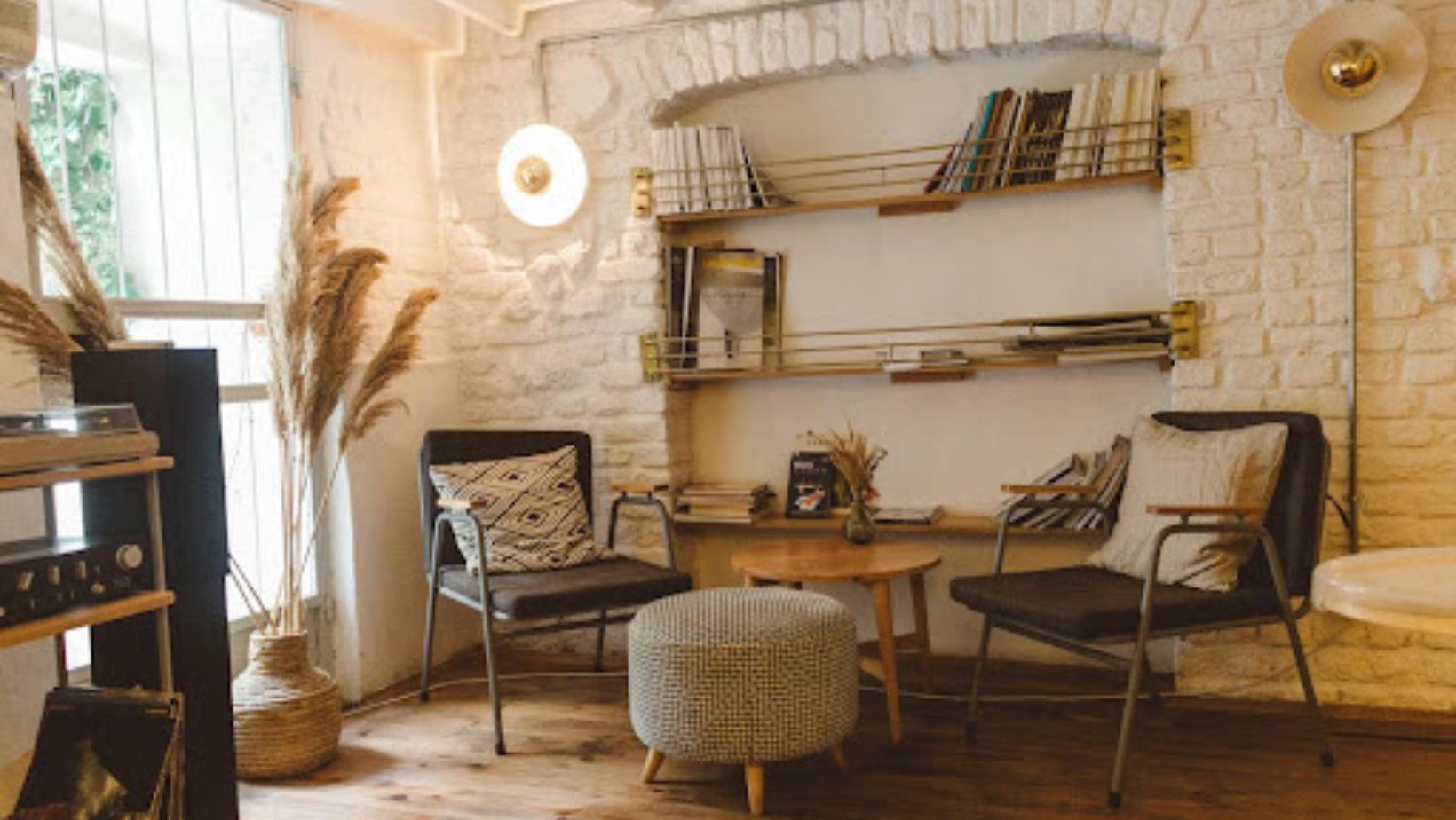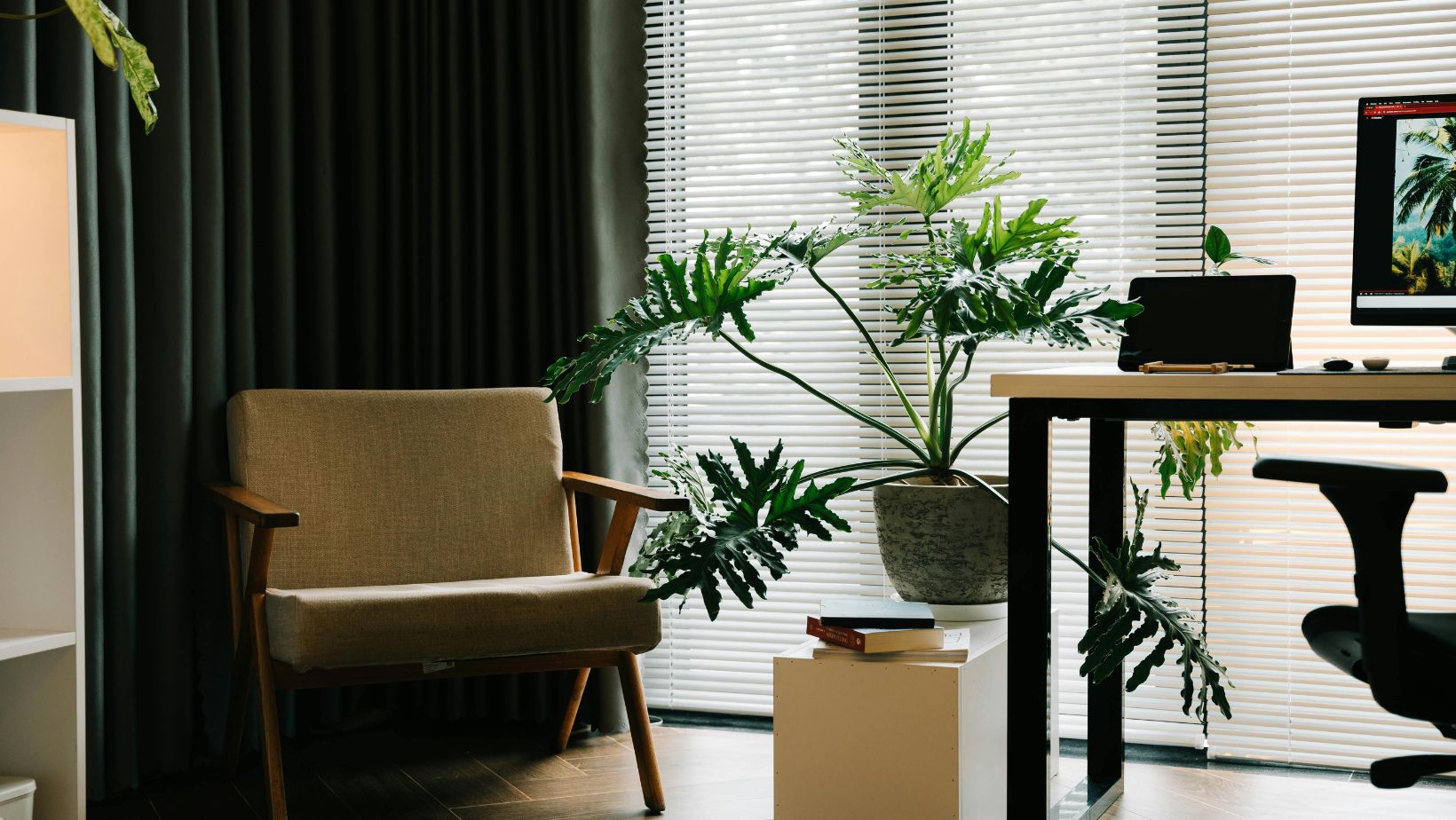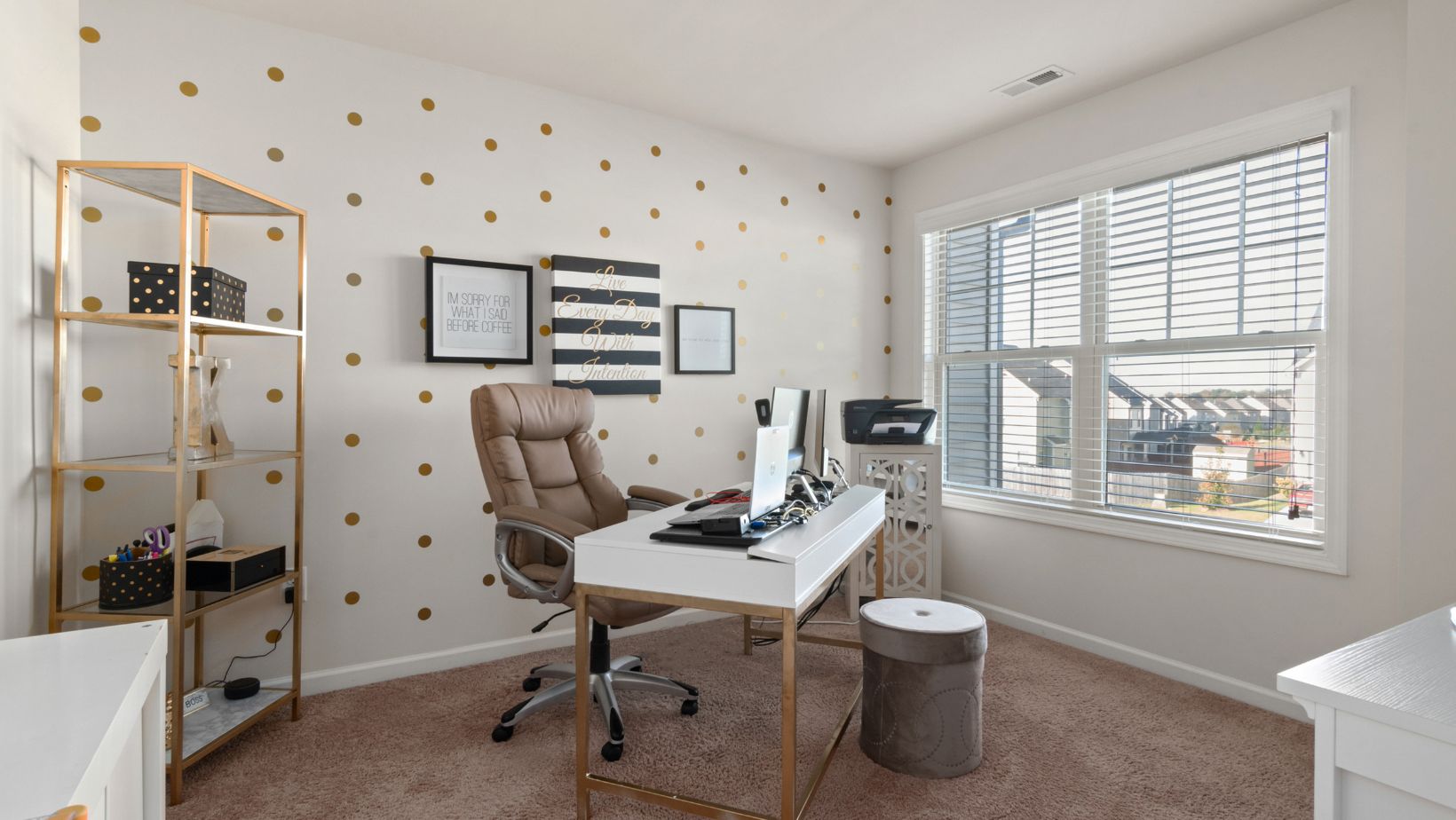 Your home should feel like your space. That might sound weird, because it is your home, after all. But every corner should serve a purpose or feel good. But let’s be honest — sometimes, our spaces don’t quite work the way we’d like. Maybe your dining room has become an unintentional office or you’re finding your once-cozy living room feels cramped if everyone in your household is spending more time at home.
Your home should feel like your space. That might sound weird, because it is your home, after all. But every corner should serve a purpose or feel good. But let’s be honest — sometimes, our spaces don’t quite work the way we’d like. Maybe your dining room has become an unintentional office or you’re finding your once-cozy living room feels cramped if everyone in your household is spending more time at home.
Re-planning your home’s layout isn’t just about aesthetics. It’s about adapting your space to fit your lifestyle. Whether your needs have changed recently, or you’re simply ready for a refresh, take a step back and think deeply about how your home could better serve you.
Life changes, and your home should change with it. Just think about how much our way of living has evolved in the past decade. Open-plan living has taken precedence over static, closed-off rooms. We’re craving multi-functional spaces and clever storage solutions more than ever. And since remote work has become a mainstay for many, the kitchen table as a stand-in workspace just doesn’t cut it anymore.
Whether it’s because your lifestyle has grown and shifted, or because the design itself feels outdated, repurposing a space, whether under your own steam or with the help of a home remodeling contractor, can unlock your home’s full potential. It’s not just about following trends; it’s about ensuring that your home reflects your daily life, habits, and hobbies.
So here are some of the ways could can re-plan and re-define the layout of your home.
1. Define Your Priorities
Before moving furniture or knocking down walls, get real about how you use your space. What’s working and what’s frustrating you? Is it that your kitchen always looks cluttered because storage is lacking? Or perhaps your living room struggles to strike a balance between being a place to relax and entertain?
Make a list of what you really need. Be specific: think along the lines of “a designated workspace without distractions” or “an area for family dinners that doesn’t triple as a dumping ground.”
Once you know what matters most to you, you’ll be better equipped to make purposeful design choices.
2. Go Multi-Purpose
Multi-functional spaces are the future of modern living. With square footage often at a premium, one room can (and should) serve more than one function.
Take your dining room, for example. By adding sleek concealed storage or foldable furniture, it can double as an office or creative studio. Need a guest room but don’t have one? Invest in a stylish pull-out sofa for your living room or a Murphy bed for a cozy nook.
Multi-purpose doesn’t have to mean cluttered. Invest in dual-use furniture like ottomans with hidden storage or a console table that transforms into a dining table. The key here is flexibility.
3. Reclaim Unused or Forgotten Spaces
Every home has a corner or space that’s not earning its keep. Maybe it’s that awkward nook under the stairs, a narrow hallway, or even a neglected attic.
- Under the Stairs: Turn it into a reading nook with cozy cushions and shelving, or add built-in drawers for extra storage.
- Hallways: Add a runner rug and floating shelves to transform a dead space into a display gallery for books or plants.
- Attics or Basements: These spaces are treasure troves just waiting to be repurposed. Create a cozy den, an additional workspace, or even a playroom for kids.
Think of these areas as opportunities, not afterthoughts.
4. Consider Open-Plan Living
If cramped rooms and walls are limiting your home’s potential, an open-plan layout might be the solution. By combining spaces like the living room, dining room, and kitchen, you can create a brighter and airier environment that’s great for entertaining and family time.
For those who still crave some degree of separation, look to sliding partitions, glass dividers, or strategically placed furniture like bookshelves or rugs to subtly zone the space.
Remember, open-plan isn’t just for the downstairs. Upstairs, combining bedrooms to create a spacious master suite with a walk-in closet could elevate your day-to-day living.
5. Elevate Your Storage Game
Poor storage is one of the biggest culprits of unbalanced spaces. If your surfaces are cluttered or your wardrobe feels like a minefield, it’s time to rethink how you store your belongings.
Built-ins are your best friends here. Whether it’s floor-to-ceiling shelving in the living room or under-bed storage in your bedroom, maximizing vertical and underutilized spaces is key.
For a quick win, invest in stylish storage boxes or baskets that harmonize with your home’s décor. It’s storage that works and looks intentional.
6. Play with Light and Color
Sometimes, transforming your space isn’t about reconfiguring walls but about how it feels. Light and color play a big part in this.
- Natural Light: If a room feels dark, swap heavy curtains for sheer ones or add mirrors to reflect light around the space.
- Artificial Light: Layer your lighting by combining overhead fixtures, floor lamps, and task lighting for a cozy atmosphere.
- Colors: Neutrals like white, beige, and soft grays make spaces feel larger, while accent walls in bold tones like navy or emerald add personality without overwhelming.
Small changes like these can make a space feel entirely new.
Re-planning the space in your home is less about drastic overhauls and more about thoughtful adjustments. By identifying what isn’t working and exploring creative ways to repurpose and optimize your space, you can breathe new life into every square inch.
Think of it as a process, not an instant transformation. Start small, experiment with layouts or furniture placement, and introduce elements that align with how you live — not how someone else says you should.
Now that you’ve got some inspiration, it’s time to take action. Start with one room, define its function, and build from there. You’ll be amazed by how reimagining a space can elevate not just your home, but the way you live in it.


















